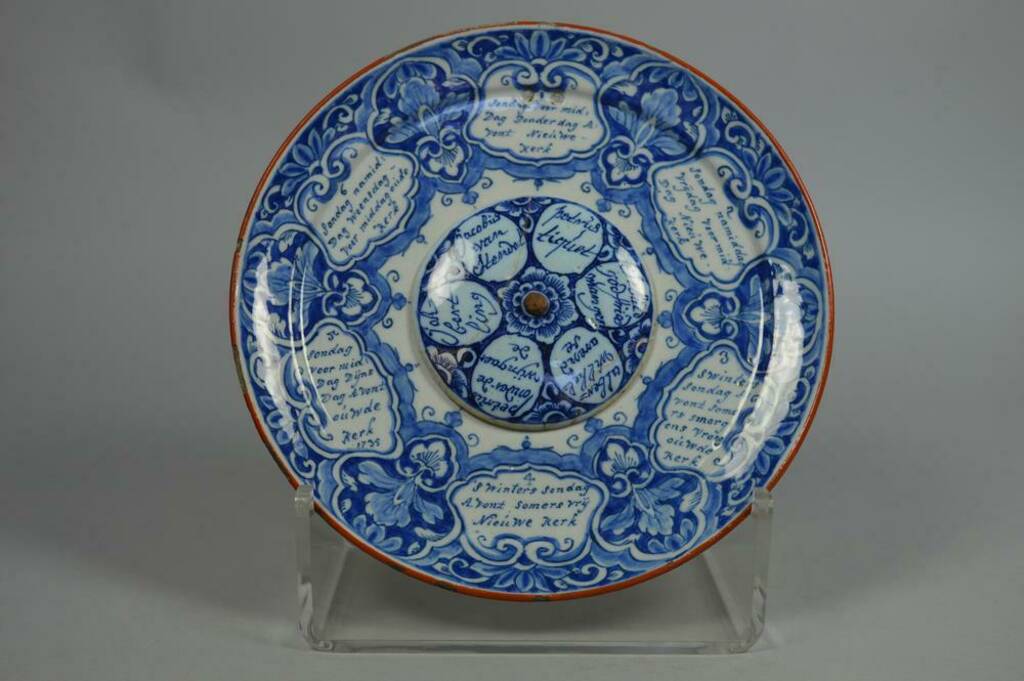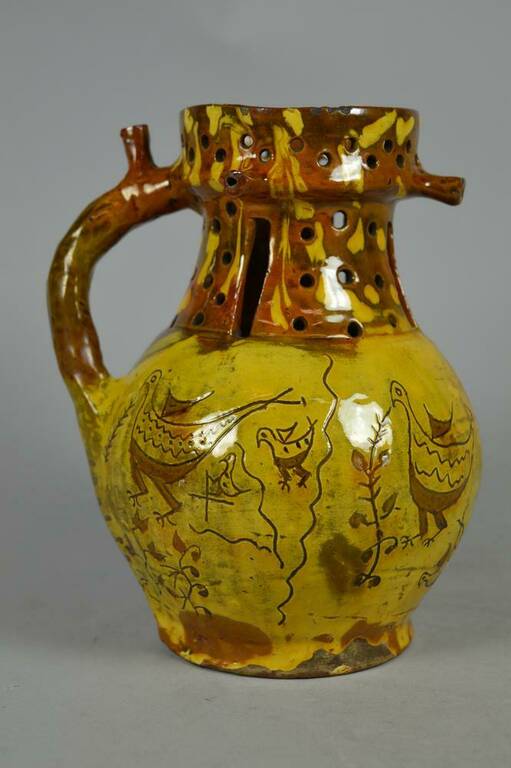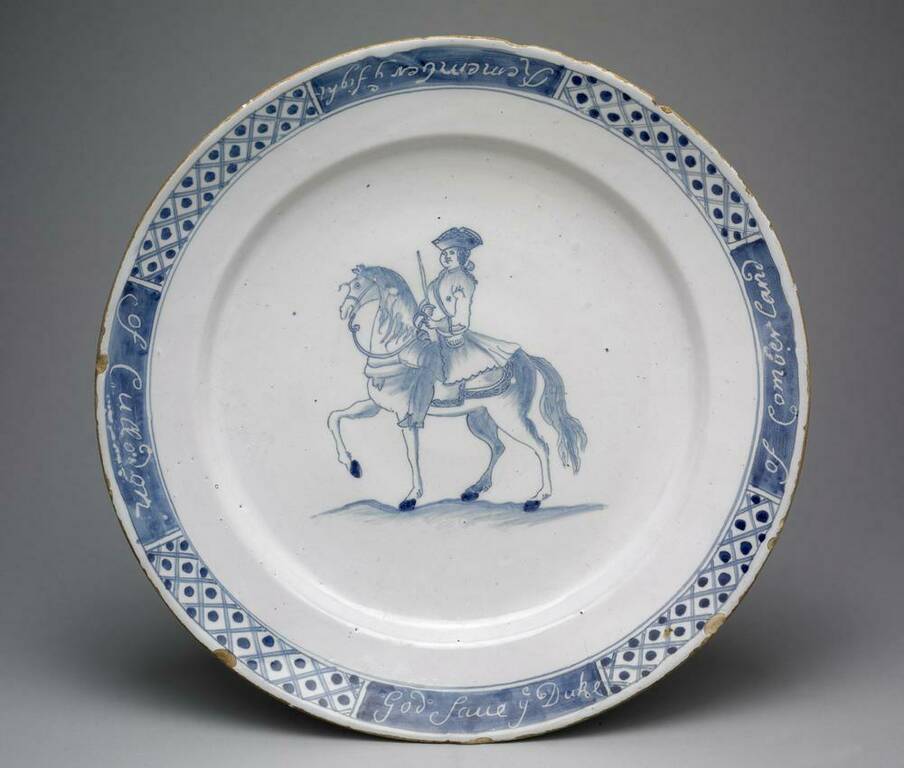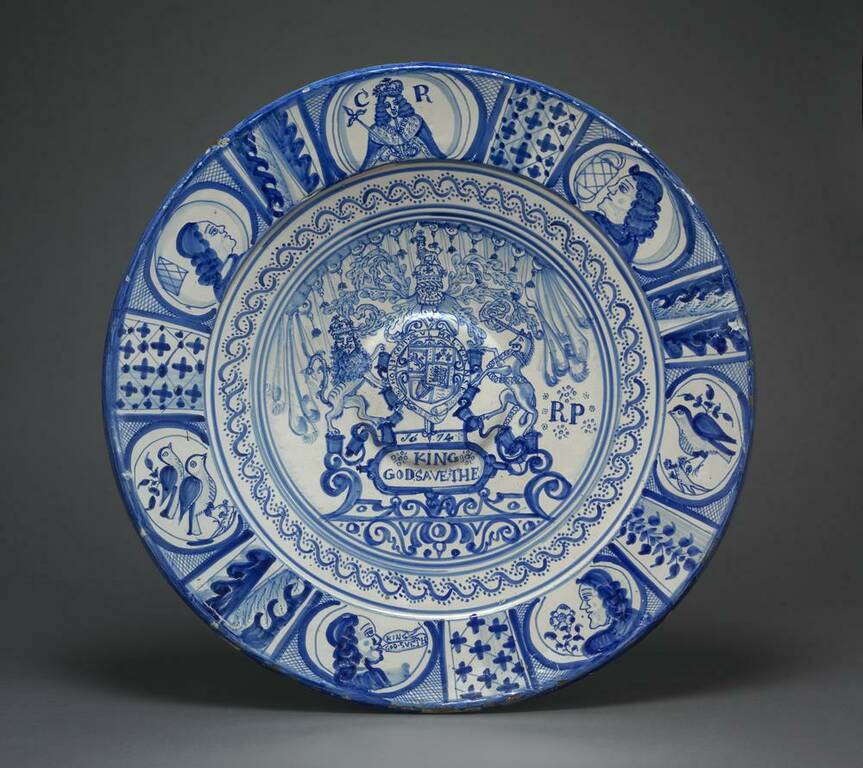
An English brewer from Brighton, Henry Willett (1823–1905), was fond of art, collecting paintings and ceramics. Having sufficient finances, he supported charitable organizations and invested a lot of money in the development of the Brighton Museum. Willett donated his pottery collection to this museum a few years before his death.
One of the most interesting objects in terms of its functional purpose is a dish made for a preacher in Delft (Netherlands) in 1735. The dish consists of several parts: a rotating disk is attached to a plate with the names of six preachers with a wooden pin, which contains the names of six churches in Delft. By rotating the disk, it was possible to find out on what day and in what church this or that preacher should stay.

Another unusual item is a puzzle jar. Such jugs were popular in the XVIII-XIX centuries. To drink a drink through the spout without spilling a drop, you need to close certain holes located in the neck with your fingers. Some jugs have an inscription encouraging them to take a sip without spilling the contents. This copy was made in 1822 in Bridgend (Glamorgan, Wales).

The next item from the Willett collection is a glazed plate depicting Prince William Augustus, Duke of Cumberland, son of King George II of England. The duke participated in the suppression of the Jacobite uprising, and for his particular cruelty he received the nickname Cumberland Butcher. On the edge is the inscription: "God save the Duke of Cumberland, remember the battle of Culloden." The battle in question took place during the second Jacobite rising in 1746.

The last plate in our publication with a portrait of the English King Charles II, according to researchers, is a Victorian fake. Initially, it was considered original, focusing on the inscription in the center: 1674 GOD SAVE THE KING. However, in the catalog of the exhibition “Fake? The art of deception "(Fake? The Art of Deception) in 1990, this exhibit was described as a plate that is difficult to compare with real English porcelain of the 17th century.

